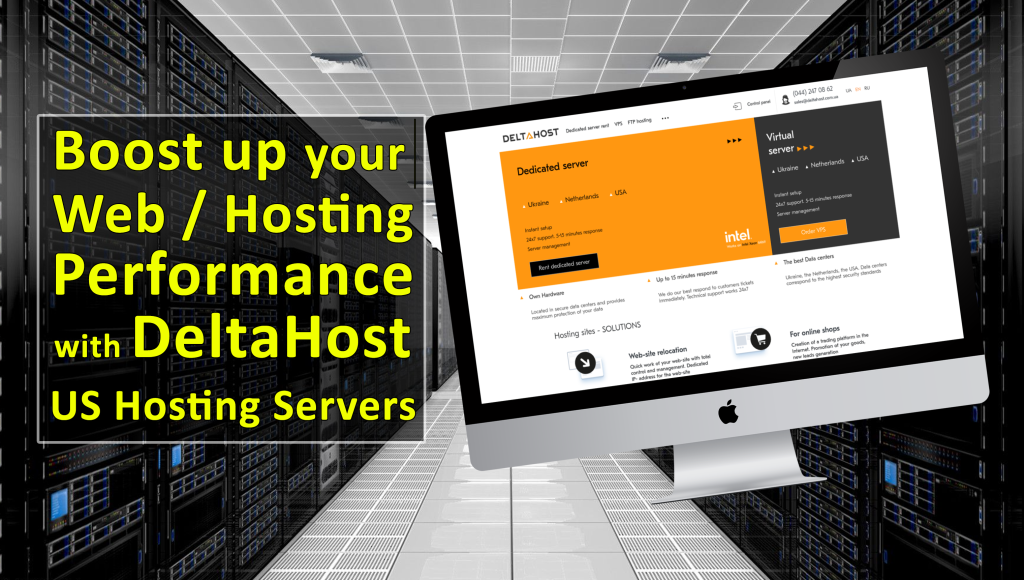The SD-WAN solution should provide unified control and management from a single-pane-of-glass interface. Its policy-based framework automates application policies that align with business intent, and its continuous performance monitoring enables zero-touch failover to best-performing network links. Link bonding combines multiple Internet connections to increase reliability and reduce latency, while application-aware routing optimizes traffic for performance and security.
Scalability
Many SD WAN solutions support scalability, making it easy to add or remove connections as your business needs evolve. With a centrally configured policy-based framework, these SD-WAN solutions simplify management and offer improved visibility. They also ensure consistent application performance and resiliency, automate traffic steering in an application-driven way based on business intent, reduce costs, improve security, and help achieve faster, more secure connectivity to cloud/SaaS applications and data. These managed SD-WAN services provide a more straightforward way to connect your sites and allow you to use cheaper Internet connections instead of more expensive private MPLS or WAN optimization networks to get data between locations. You can also use network flexibility to add or change connections as your business requirements evolve, including boosting connectivity through LTE (mobile broadband), satellite, or other technologies when needed. In addition, SD-WAN enables you to load-balance and bond private or public connections to increase theoretical capacity or provide backup and resiliency. It can even host extra security or virtual network function (VNF) to give you greater control and protection for your data, mainly when it travels across the public Internet. It is often necessary to send information securely between remote or temporary locations. A business-driven SD-WAN solution will also support centralized configuration, which can minimize human error and speed up deployment times for new applications and changes to existing connections.
Performance
The traditional router-centric model of WAN networking could be more efficient and non-cloud-friendly. SD-WAN delivers a better quality of experience by directing traffic to the best path and prioritizing business-critical applications. It also enables broadband Internet connections to deliver better application performance. With an SD-WAN solution, you can scale bandwidth up or down in minutes and connect users to cloud/SaaS applications with a single click. In addition, it eliminates the need to backhaul traffic to a central data center, saving you money on costly MPLS links. Considering an SD-WAN solution for your enterprise, it’s essential to understand that not all solutions are the same. Many vendors offer either a fully managed or DIY option. If you opt for a managed service, the vendor handles all aspects of managing the network and deploying policies, eliminating the need to hire onsite IT staff at remote locations. If you choose the DIY route, you will be responsible for deploying and configuring your appliances and setting up and managing the network. However, many businesses find the initial setup configuration a bit complicated for an IT team without professional services consulting support. In addition, many companies now offer a hybrid option that provides fully managed and DIY SD-WAN benefits. This is often referred to as co-managed or part-managed and is becoming increasingly popular.
Security
The security capabilities of SD-WAN solutions help organizations achieve the highest levels of resiliency and performance. This can be achieved through a combination of pre-configured hardware appliances and the software that connects and supports SD-WAN capabilities (such as WAN optimization, firewall, IDS/IPS, etc.). A vital element of an effective SD-WAN is its visibility. This provides unified management and control of network policies across branches, data centers, and cloud/SaaS. This allows IT to set and change business goals, objectives, and expectations, all from a single pane of glass interface. Visibility also enables granular access controls to limit privileges and mitigate the risk of potential threats. Secure encryption protocols are another vital component of ensuring the integrity and confidentiality of sensitive information. This can be done in transit between SD-WAN nodes and public networks. A managed SD-WAN solution delivers a high level of performance with minimal effort on the part of IT. This is because all connections between company sites go through the cloud servers, delivering always-on connectivity that avoids performance degradation or downtime caused by latency, packet loss, or jitter. It also eliminates the need for onsite technicians, making it easy to implement and manage. This is especially beneficial for businesses that want to move from MPLS and get significant application performance improvements, resiliency, and cost savings.
Ease of Deployment
The best business-driven SD-WANs deploy quickly, allowing you to bring the service online and begin sending traffic in just a few days. This enables you to expand into new sites and regions with minimal disruption to your operations. The cloud-based deployment approach also reduces the time needed for onsite setup and configuration. The SD-WAN solution uses a distributed network of service gateways deployed at top-tier cloud data centers worldwide to provide scalability, redundancy, and on-demand flexibility. This contrasts with the typical Multiprotocol Label Switching (MPLS) networks that rely on centralized network administration and command line interfaces. Because the SD-WAN platform performs all the necessary functions to create a WAN over Internet connections, it is easier to manage and configure than traditional routers. This translates into faster and more cost-effective deployment. Moreover, it offers advanced security features that protect the organization from external threats. In addition, the software-based system can create priorities for speed-sensitive applications and monitor connections. This enables it to determine the optimal path for traffic in real-time, minimizing latency and improving application performance. This contrasts with MPLS networks that require a network administrator to write rules and policies manually.




